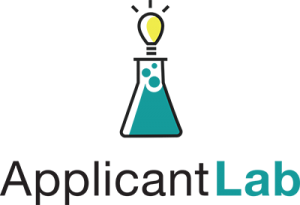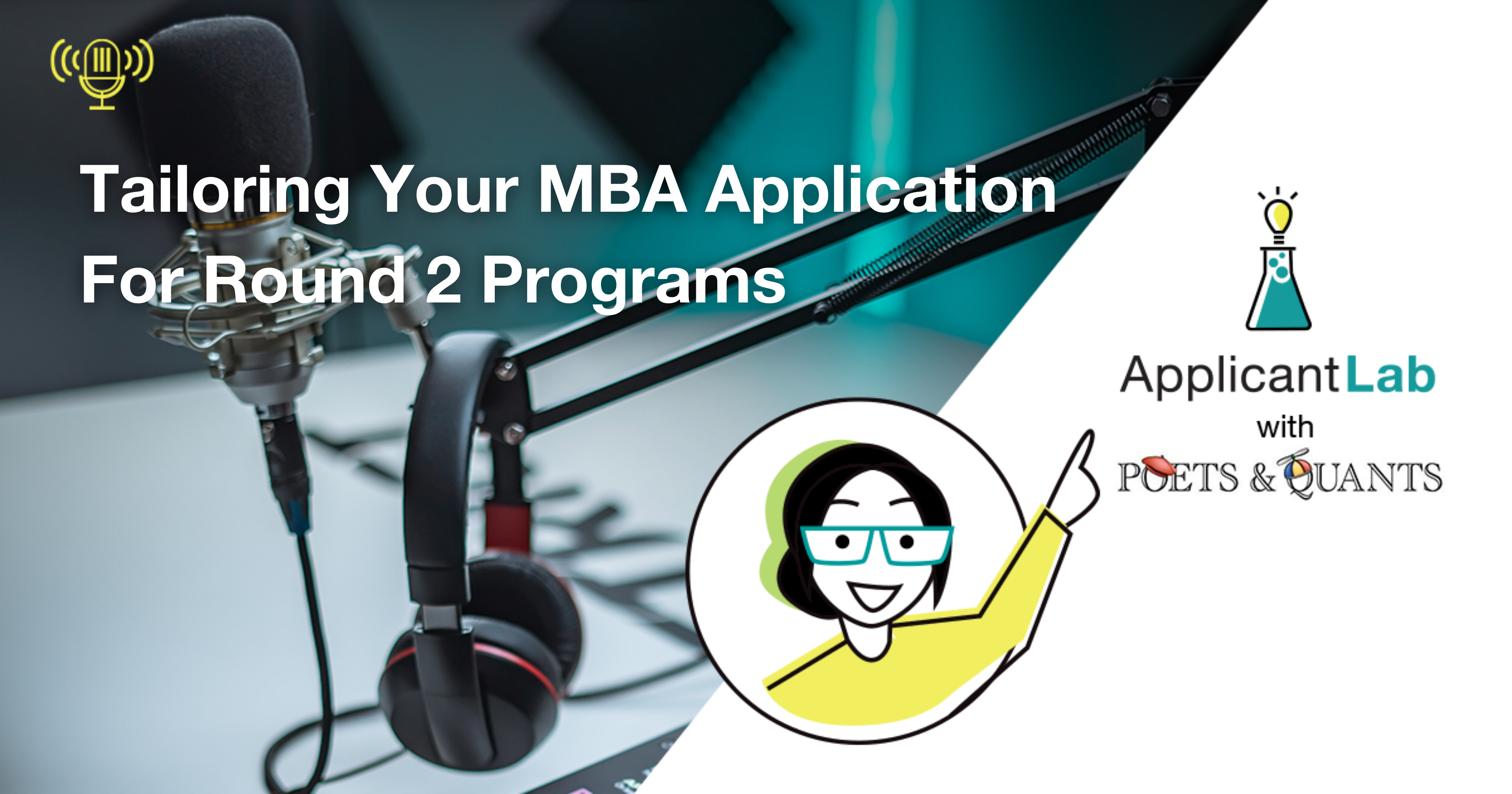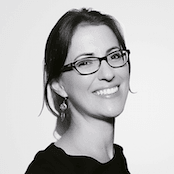For most individuals, this is the time of year when they need to go shopping, but for MBA hopefuls, it’s crunch time for round 2 applications.
But don’t worry; Maria, John, and Caroline know what to do! In this episode of Business Casual, they cover the following:
- Things to consider when crafting your round 2 MBA applications (You should certainly listen to Maria’s advice!)
- How to make it appear like the school you’re applying to in round 2 is your first option (even if it isn’t)
- Why it’s never a good idea to wait until the last minute to prepare your application
- Why you shouldn’t rely on others or only prepare for your round 2 MBA application when you have free time (spoiler – it won’t get done!)
- For those with partners who are ALSO applying to business school (or already attending) – Maria and Caroline discuss the challenges of applying as a couple (but also the potential benefit)
Episode Transcript
[00:00:07.630] – John
Well, hello, everyone. This is John Byrne with Poets and Quants. Welcome to Business Casual, our weekly podcast with my co host, Caroline Diarte Edwards and Maria Wich Vila. Maria is the founder of Applicant Lab. And Caroline, of course, is the co founder of Fortuna Admissions and the former director of admissions at INSEAD. We know what this time of the year means for you. We don’t mean that you’re going to be rushing out or rushing online to do your Christmas shopping. We know that for many of you, it means putting the finishing touches on your round two applications because the deadlines for those round two applications is right around the corner. And as soon as Christmas is over and New Year’s is over, they start to strike like dominoes and fall one after the other. So what we wanted to kind of talk a little bit about is if you had filed an application in round one and you’re tailoring it for round two, what are some of the things you need to keep in mind? And we actually have a piece on the site and it is called how to Tell Your MBA Application for Round Two Programs.
[00:01:16.520] – John
It is written by one of Caroline’s colleagues, Amy Hugo, and it’s an excellent piece, and you should read that. But Maria, I wonder what your general guidelines are.
[00:01:29.570] – Maria
I think if you’re applying in round two, having already applied in round one, I get that you are probably exhausted at this point. You are over it. The last thing you want to do is put together another essay. But I think I like to quit that until you have an acceptance in hand. Every school is your first choice school, so you just need to sort of smack yourself out of it, get some coffee brewing. I don’t know what it takes to motivate you, but you need to bring that same amount of energy. Even if you’re around two schools might not have been your first choice schools, even if whatever it is, you just need to keep bringing that energy to a round two application because I get that you’re tired, but you just have to force yourself to do it because applying in round two, if you apply with sort of a lackluster or if your energy is not there, if it’s clear that you didn’t really do a lot of homework and you just threw this application together very quickly, it’s not going to go well. So why even bother? It’s almost like don’t even bother applying around you if you’re just going to half Bake it.
[00:02:37.190] – Maria
And I also tell people a lot of times I’ll get emails from people who are saying things like, well, gosh, I had my interviews and now it’s just a waiting game and I’m so stressed out and how do I pass the time and how do I keep myself occupied? And my answer is start writing essays for round two schools, because best case scenario, you won’t need them. But if you do end up needing them, at least you’re ahead of the game because you will have spent four, five, six weeks working on them instead of two weeks. So that’s my advice.
[00:03:04.370] – John
And this is true that during that crunch time between Christmas and New Year’s, people are feverishly trying to finish up and get things done.
[00:03:11.990] – Maria
Yes. And mistakes are made and things get sloppy.
[00:03:14.240] – John
Obviously, because we’re all human beings and every school wants to know that they’re your first choice. It’s kind of like if you were dating multiple people, but you want every one of them to know that you’re really the one, but you’re really not the one. How do you pull that off in an application?
[00:03:35.650] – Caroline
Are you speaking from experience, John?
[00:03:38.510] – John
No, not me.
[00:03:39.610] – Caroline
Anything you’d like to never confess to while we’re on air?
[00:03:47.450] – Maria
Yeah.
[00:03:47.850] – Caroline
Now you’re absolutely right. Now I think it’s even more important in some ways in round two and in round one, because he said a lot of people are applying now because they’ve been dinged in round one. And it tends to be panic time because they maybe had their hopes up for round one and assume that they were getting somewhere and their hopes have been dashed. And so a lot of people start working on their applications for round two quite late in the game because they weren’t sure that they would have to do it. And they also know that for a lot of the top schools, this is the last chance really to get in for the next season. Right. Hbs doesn’t even have around three other schools have round three, but very few places left. So this is your last chance. And people start to panic. So we definitely see that. And candidates sort of throwing out applications left, right and center, and scattergun is never a good strategy. Right. So schools see lots of applications in round two from people who are a little bit half hearted, a little bit sloppy, not quite clear, very sort of general statements about the motivation for the school with very few specifics.
[00:04:59.530] – Caroline
And those will quickly get filtered out and put aside, I think, even more in round two because schools are well aware of that phenomenon of people applying as a second choice to schools in round two. You have to make an even greater effort in this round to show and articulate that motivation and really make it genuine and authentic. I think that’s absolutely critical. And then also what we see is candidates think, well, I’m going to have some time off over the holidays, so that’s when I’m going to work on my applications and I’ll put it all together then. And that’s never a good idea to leave it to the last minute, because a good application is not something that you can Cook up in a week or two. It takes time. It takes reflection. You’re going to go through some iterations. It’s like a fine wine, matures over some time, at least weeks and months rather than years. But it’s not an overnight process. And often candidates will sort of procrastinate thinking, I’m going to take some time off over the holidays, and I’ll work on it then and often overestimate how much free time you’ve got to be busy with other things over the holidays, family obligations and social activities, perhaps.
[00:06:20.130] – Caroline
And so people overestimate how much they can get done during that period. And then also, if you’re seeking other people’s feedback, if you’re working with a coach or you’ve got maybe a colleague who’s been to that school who said that they will review your application for you, don’t count on them on having a ton of time over the holidays.
[00:06:39.770] – Maria
Right.
[00:06:40.030] – Caroline
And the same with your recommenders. That should all be done and dusted before the holidays because people disappear over the break. And it’s often the case that people are in a panic at the beginning of January because the recommenders haven’t been contactable over the holiday period and they don’t know if they’ve submitted or not. So please don’t leave everything to that holiday period because it’s often a recipe for disaster.
[00:07:07.230] – Maria
To add on to what Caroline was just saying about recommenders perhaps not being available during the holiday. There are other people you also need to be contacting as part of this process, one of the major ones being current students or recent alumni, because that shows a school that you have actually taken the effort to not simply research on the website, but actually reach out to a student, set up a call with them, talk about the program, talk about the club. What was the media conference like last year? Tell me about jobs and private equity, whatever it is. And so those students themselves are also going on break. So you really want to try to wrap up any loose ends that involve other people as soon as possible?
[00:07:51.450] – Caroline
Yes, I agree. And I think that often candidates do a lot of research or hopefully they do a lot of research and start a process when they’re figuring out where they want to apply and sort of finalizing that target list and preparing application process. And sometimes that effort sort of dries up a bit once they get down to working on the nitty gritty of the application and moving forward with the process. And it really should be a consistent, ongoing effort to, as Maria said, network with people who have relevant, similar interests to you, continue to learn about the school, follow what they’re doing, keep up to date on the latest research coming out of the schools and so on, because all of that knowledge will enrich your application and not just the written application, but very importantly, hopefully the interview stage and it will make you much better prepared candidate. And that’s not something, again, that you can sort of prepare overnight. It’s really a long term effort that you should be consistently doing over several months.
[00:09:00.290] – John
Right through the process and becoming acquainted with faculty. If you know that you want to specialize in a certain area, get to know the faculty now, because that contact, that interchange that you may have could find its way in an essay just elevating your interest in the program in a way that would impress admissions, right?
[00:09:23.670] – Caroline
Yeah, for sure. Many moons ago when I applied to Insecure and a friend of mine who had been to INSEAD invited me to a conference at the school. And then I met a professor there who I then stayed in touch with. Anything that you can do that helps you to build those connections, makes you a better prepared candidate, actually gives you a stronger sense of why you really want to go to that school, what it is that motivates you, what you want to learn while you’re there. And you never know who might put a good work, who might put in a good word for you with the admissions committee. So all of that outreach will pay off and might pay off in ways that you don’t even anticipate.
[00:10:07.770] – John
Now we’re recording this on a day in which Harvard Business School has sent out notifications to their round one applicants. Caroline, you just mentioned offline that you have some good news. Why don’t you share that.
[00:10:26.070] – Caroline
Several clients who’ve just been admitted to HBS, including a married couple. So it’s been great fun to work with a couple and wonderful that they’ve been admitted to the school together. It will be great experience for them to go to HBS together. Sometimes it’s tricky for couples applying. Right. Because it’s so hard to get into those top schools and doubly hard to get in together at the same time to the same program. So I’m really thrilled for them that it’s worked out.
[00:10:59.620] – John
And it’s pretty rare. Maria, how often do you see couples applying to a single school and both getting in?
[00:11:07.050] – Maria
It’s difficult. Right. Because I think in that case, if you’re talking about a school that has a 5% 10% acceptance rate, each one of those people now has to be in that top 10%. I don’t believe that schools will say, well, this one person is not that great, but they’re a package deal, so we should take them both. I don’t really think that happens. And actually, I worked with I don’t think they were married or just in a committed relationship, but with a couple earlier this year, that against my recommendation. They wrote in their optional essays like, I am applying with so and so we are a couple. And if you’re not going to let us both in, then don’t let either one of us in. They also said, and don’t tell us which one of us was the weaker candidate, although the school would never really bother to say that the school is never going to be like.
[00:11:55.820] – John
Well, sorry, you’re an outcome.
[00:11:58.830] – Maria
I don’t know. But I will tell you that very candidly. And this was hard for me to convey, but one person in the couple was a very strong candidate and the other one was mediocre, probably not getting in. And so I tried to convey I was like, that’s really risky. So if one of you gets into HBS, the other one could go to MIT Bubc. There are so many schools that they could go to in the Boston area. They could go to Tuck, which is 3 hours away. And so I said that’s really risky. And I didn’t want to say to the stronger partner in this case was a female. I was like, your boyfriend’s not nearly as impressive as you are. I didn’t quite say it that way, but I was like, this is a really risky strategy, and it’d be a real shame if you limit yourself, especially because if they’re not married, like, oh God, what if they break up later and then this very promising woman curtailed her? Anyway, I tried to talk them out of it, but I don’t think I was able to. So I’m sad about that.
[00:13:07.080] – John
Yeah. That really increases the odds of rejection. I would think if you do that, it’s just got to be much more complicated, unfortunately. And I would also think that if you’re a couple applying, you really should apply around one, right? Don’t you think?
[00:13:25.560] – Caroline
Yeah. And I absolutely agree that it’s not a good idea to tell the school if you don’t admit my partner, then don’t bother admitting me. It seems a bit petulant, but I think it’s absolutely fine to tell the school if you are a couple applying. Sometimes couples aren’t sure. Should we mention it? Should we not mention it? The schools are happy to know that you’re both applying. It shows commitment and motivation. Right. That you have this plan that you would like to go to the school together. As you said, John, it doesn’t mean that they’re going to admit someone who is below par, but it’s helpful information to have. And in some scenarios, if you’re thinking about, well, this person, we’re not sure if it’s their weightless material or whether they should be a straight admit. It can be useful information to know if their spouse or their partner has been admitted or not, or also wait listed just to help the school manage the decisions and know what impact that’s going to have on the candidates. So it’s absolutely fine to mention it. I just wouldn’t make a big deal out of it.
[00:14:42.430] – John
The other news this week is every year we do name a Dean of the year. This year we did it, and we had a big celebration for that Dean just two days ago on the campus. The Dean of the year this year is Jeff Brown, who is the Dean of the Giese School of Business. Sorry, the Giese College of Business at the University of Illinois in Champagne and it’s primarily because of all the advances that they have made in the online learning space where they have the disruptively priced IMBA for 22 five and have increased their enrollment from pretty much zero five years ago to over 4300 students. And that’s just one aspect of what has been done there. But if you’re interested in why we named Jeff the Dean of the year, go and look at the site and look at our profile. Meantime for all you round two folks, good luck to you. Hope you found this useful. I will again refer you to Amy’s piece which I think is really helpful just to think through your final steps before you actually hit the submit button again. It’s how to tailor your MBA application for round two programs.
[00:16:04.250] – John
Otherwise good luck. This is John Byrne with Poets and Quants. You’ve listening to Business Casual our weekly podcast.



